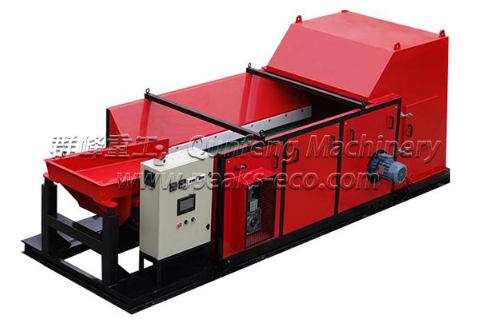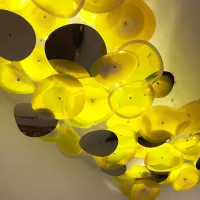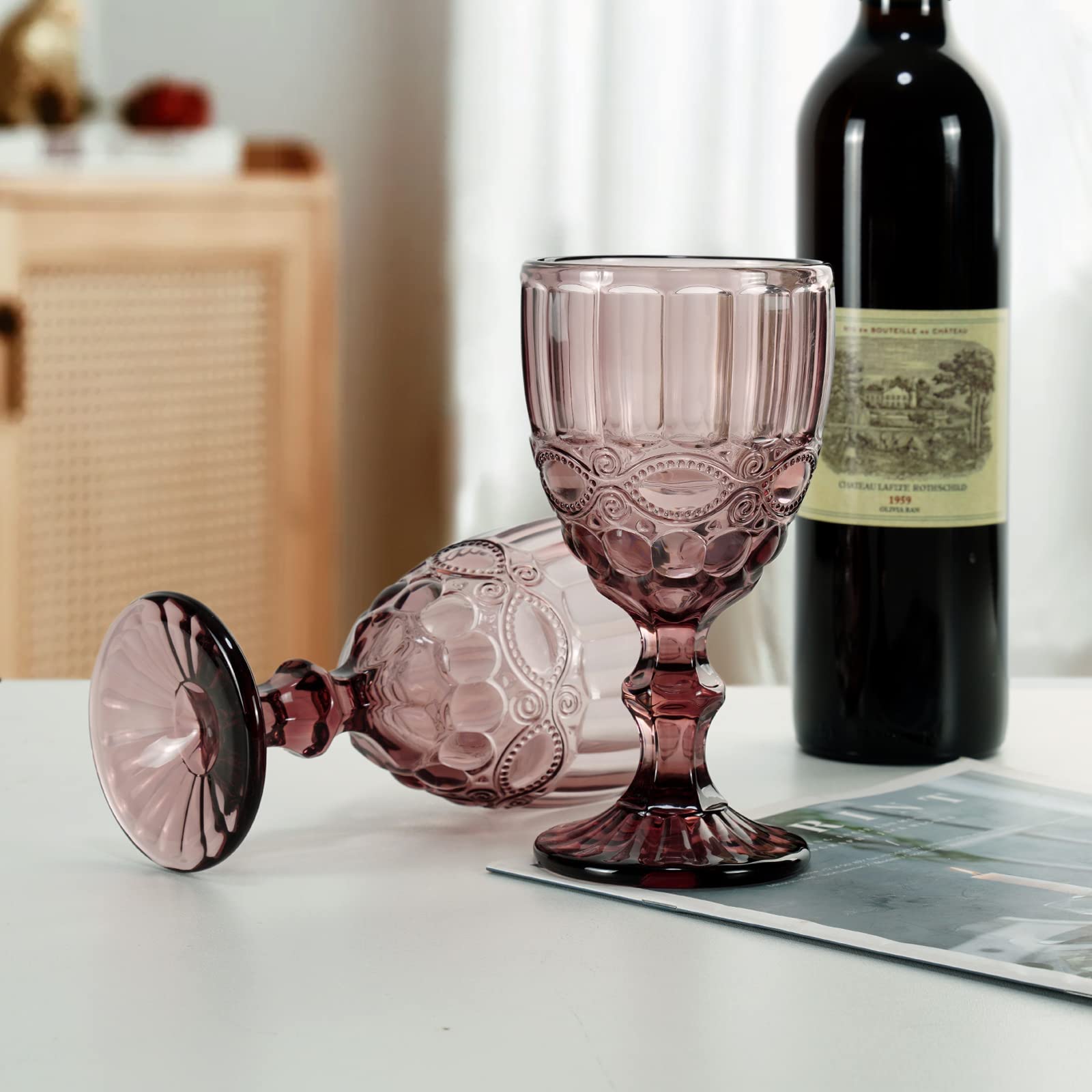Why do people like modern furniture?
Which to Choose: Traditional or Modern Furniture
As far as furniture is concerned, you can’t go wrong with either a traditional or modern style. Both furniture styles not only provide beautiful décor, they also add a unique sense of style to your home. Needless to say, a lot differentiates them than just their styles. Things such as texture, colour and material all play a huge role when choosing what type of furniture you want for your home.
At the end of the day, the decision lies with you, and we can only outline the benefits and shortcomings of each. In simple words, modern furniture has minimalistic styles with sleek curvatures and simple lines. Traditional furniture on the other hand is pretty much elegant but is generally more heavy and durable. We’ve outlined the main characteristics of each below, and have considered everything from history, durability, colours, design and maintenance cost.
Traditional Furniture
Also known as ‘classic furniture’, traditional furniture is any household property whatsoever that has its roots in the ageless designs of the 19th century and beyond. A lot of traditional furniture is constructed with dark and heavy wood. This makes them not only large but very heavy. The reason for their largeness is due to the humongous size of homes in prior centuries. Old homes usually had lots of spaces that needed filling, and large pieces of furniture were the norm.
Keeping that in mind, it’s safe to say that traditional furniture aren’t made for the small apartments and houses that we have today. Classic furniture draws the attention of people and it needs its space to do that. With that being said, traditional furniture isn’t totally out of fashion. They are still very much common, especially in homes, offices and buildings with historic backgrounds.
Traditional styles still has huge patronage till today as it gives a special décor to both personal and business settings. If you live in a big house, then you can afford to have some traditional furniture. Even at that, a small house can still accommodate classic furniture, provided you place it in area that doesn’t make it look too cramped. Also, if you own a home that is filled with antiques, then you’ll need traditional furniture that blend perfectly with them. It all depends on your style and personality. However, ensure you have smaller items that complement your classic furniture; else you may clutter the little spaces in your home.
Features of Classic Furniture
Traditional furniture was designed to draw attention; a lot of features contribute to that, few of which are:
-
Colours
: Traditional furniture has very restricted colours. They usually come in dark colours such as dark brown, charcoal, walnut, mahogany, hazelnut and sometimes black. The reason for their dark outlook is due to their solidity. Hard wood is often of a darker shade.
-
Durability
: Speaking of hard wood, classic furniture is very strong and lasts for a long time. Commonly known as solid wood, hard wood takes ages before it looks old. What’s more, by polishing solid wood, it can look as good as new and can even last longer. This is where traditional furniture trumps modern ones.
-
Maintenance
: As durable as traditional furniture are, maintenance isn’t so easy. Modern furniture can be pretty much maintained by wiping clean. However, traditional furniture need more than frequent dusting, they also need polishing. In addition, the placements of such furniture need to be considered, as keeping them too near a heating vent can severely ruin them.
Examples of Classical Furniture styles would be the Victorian, Georgian, Louis XV and the French Provincial. Each of these classic styles is rooted in various timelines.
Modern Furniture
Any furniture that comes after the 19th century is modern styled. In contrast to traditional furniture, modern furniture pieces are made of lighter wood, new materials such as plastic, glass or metal and, of course, colourful fabrics. Modern furniture revolves around simplicity and is made primarily to enhance the beauty of small spaces. These pieces are less visible than classic furniture is, yet when complemented with other little pieces, they can make a perfect home décor.
Because modern day homes aren’t as gargantuan as homes in the 19th century, space needs to be maximised. This is why modern furniture is lighter. In exchange for ornateness, modern styled furniture takes on sleek and slim appearances to allow for breathable spaces in homes. The major appeal of modern pieces is that they don’t take up too much space and can be adjusted or repositioned for multitasking and of course, storage. This makes them easily customisable to fit a person’s home or a particular business setting.
Features of Modern Furniture
Modern furniture is designed to save space in contemporary homes. Here are some characteristics that make it a fantastic addition to modern homes:
-
Colours
: Modern furniture pieces can be made in any colour whatsoever, even the lighter shades like white, blue, grey, yellow and green. Whatever you choice of colours are, you can customise your own modern furniture as exactly so.
-
Maintenance
: As opposed to traditional furniture, modern furniture is easy to maintain. You only need a good fiber cloth to wipe off dirt. Avoid using strong cleaning solutions or bleach when cleaning your modern piece.
-
Durability
: As aforementioned, modern furniture doesn’t last nearly as long as classic furniture do. They are durable all right, but can be as ageless as traditional pieces.
-
Style
: Modern pieces can take different shapes and structures. You can have in your home chairs, couches, banquettes, lounges and many more.
-
Custom-made
: Traditional furniture often always has a bland design. However, modern furniture is even more impressive where styling is concerned. With the use of 3D design models, every piece of furniture in a home, office or restaurant can be made exactly as the occupants or owners want.
The Verdict
If you think we’ll give you a direct answer, you’ve never been more wrong. In the argument of modern or traditional styled furniture, there is no wrong choice. Should you decide to choose one style over the other, then you have made an excellent choice. However, if you’re at a crossroads and can’t seem to make a good choice, why not combine both styles? How to do that? We’ll show you how:
How to Combine Traditional with Modern Furniture
Contrary to what you might think, mixing both modern and traditional furniture isn’t unfounded—a lot of people do it. But it’s an art, and requires exquisite attention to execute. The argument of traditional or modern furniture, at this point, is redundant. You don’t have to choose one over the other. You can have them all in one go. And wouldn’t that be an exciting thing to have?
The truth about home décor is what suits you best; what best agrees with your visual mind—in simple words, your very own personal style. If you really want your home to stand out, and are very passionate about it, you cannot adhere to one style of furniture. With that being said, mixing modern and traditional furniture without premeditation and proper planning can result in chaos. Hence, it’s advised that you consider a lot of factors before deciding to combine furniture from two completely different periods in time.
Creating a Balance of Furniture Styles
To create the right balance between a classic and modern furniture, a decision has to be made on which should be the dominant style. In other words, do you want your home, office or restaurant to be primarily traditional or modern? One style has to totally dominate the setting of a home, i.e. more of traditional and less of modern furniture, or vice versa. Should you try to accommodate both styles with the same concentration, they will compete for space and appearance—this isn’t something you want within your home.
So first, determine your preferred dominating style. Having some difficulties in choosing one, then think of it this way: traditional space with modern accents or modern space with classic antiques. In other words, which will be the main style and which will be the complement? The choice really is yours. Before we delve into the art of mixing both styles, let’s have a look at the characteristics of a traditional décor and a modern décor.
Traditional Décor Features
What makes a traditional décor can vary with each country or region. An English décor will not make use of traditional Swedish décor—you get the logic. For the purpose of this article, we shall consider the décor of the home of handiwork: India. Yes, not many regions can boast of the traditional décor elements that Indian homes possess. Here are some notable features of an Indian traditional décor.
-
Colour:
India is the home of rich culture, and of course, handicraft. Its handicraft industry is perhaps the world’s finest, as the country exports tons of handicraft furniture. In the case of Indian home décor, the use of bright colours is dominant. Colours such as orange, yellow, red and green.
-
Furniture:
The major material used for Indian traditional furniture is nothing other than wood. For such a setting, one will see bed frames, tables and chairs made of wood. This gives a traditional feel to the home. As a bonus, wooden furniture is very sturdy and can last for a long time.
-
Upholstery:
India loves its colours. So, the upholstery used on furniture such as chairs, sofas and beds are always made of bright coloured and intricately designed fabric.
-
Carpets:
Handicraft items are common in India. It’s not uncommon to see living rooms lighting up with very beautiful handcrafted carpets and rugs. The little details in the carpets alone can invoke a strong traditional décor into your home.
-
Decorative Items:
A traditional home décor in India has highly decorative items influenced by monumental statues and sculptures. It’s very common to walk into a home in India and see statuettes made in stone, brass or steel of famous deities, animals and Buddha.
Modern Décor
As you know, the art of modern décor is called interior design. The term ‘interior design’ can be defined as an architectural branch which deals with the arrangement of furniture and furnishings in a home. It’s a form of modern art aided by 3D outlooks on homes. The major features of modern décor are as follows:
-
Minimalism:
While traditional décor benefits from sophisticated features, modern décor is based on minimalism. In other words, ‘less is more’. Furnishings that have very bright colours and fittings that are sculpted or moulded are avoided. Simplicity is the key here, which leads us to…
-
Clean Lines:
Clean lines are basically lines that are smooth and crisp which are also straight enough to blend with the adjacent surfaces and colours. The feature of straight clean lines is dominant in modern décor; it allows furniture appear sharper and crisper without needing overly bright colours.
-
Colour:
Colours used in modern décor are not bright or loud, rather they are bold. You will hardly see bright loud colours such as yellow or red, the colours you will see are of a more neutral tone, e.g. white, black or grey.
-
Shiny Surfaces:
Modern home decors hinge on shiny surfaces more than sleek curvatures. To bring the sheen out of minimalized furniture, polished metal is used. It’s very common to see metal incorporated into various parts of furniture such as the frame in a modern décor setting.
Mixing Classic and Traditional Styles
Now that you know enough about the characteristics of each décor style, it’s time for you to shake things up and experiment a little. There are basically two approaches to mixing classic and traditional styles, which are harmony and contrast.
By harmony, we mean creating a blend of features of both traditional and modern styles. Harmony creates a calm outlook in your home. You can achieve this by selecting furniture that share similar appearances. For example, you could mix up some modern wood furniture that harmonise with a traditional wooden table
On the other hand, contrast is also a choice if you like the excitement of mixing colours. In this case, you can arrange very intricately designed sculptures on a metal table top; or set a wooden coffee table against the contrast of white walls.
Why do people like modern furniture?
Which to Choose: Traditional or Modern Furniture
Related links:Comfort Air Chamber: Enhancing Sleep Comfort and Support
Carved Park Bench: Adding Elegance and Comfort to Outdoor Spaces
Carbon Steel Park Chair: Durability and Style for Outdoor Seating
Creative Outdoor Bench: Adding Style and Functionality to Your Outdoor Space
Swivel Kitchen Stool: Enhancing Comfort and Efficiency in Your Kitchen
Plastic Chair: An Affordable and Versatile Seating Option
Polypropylene Chair with Wood Legs: The Perfect Blend of Style and Durability








